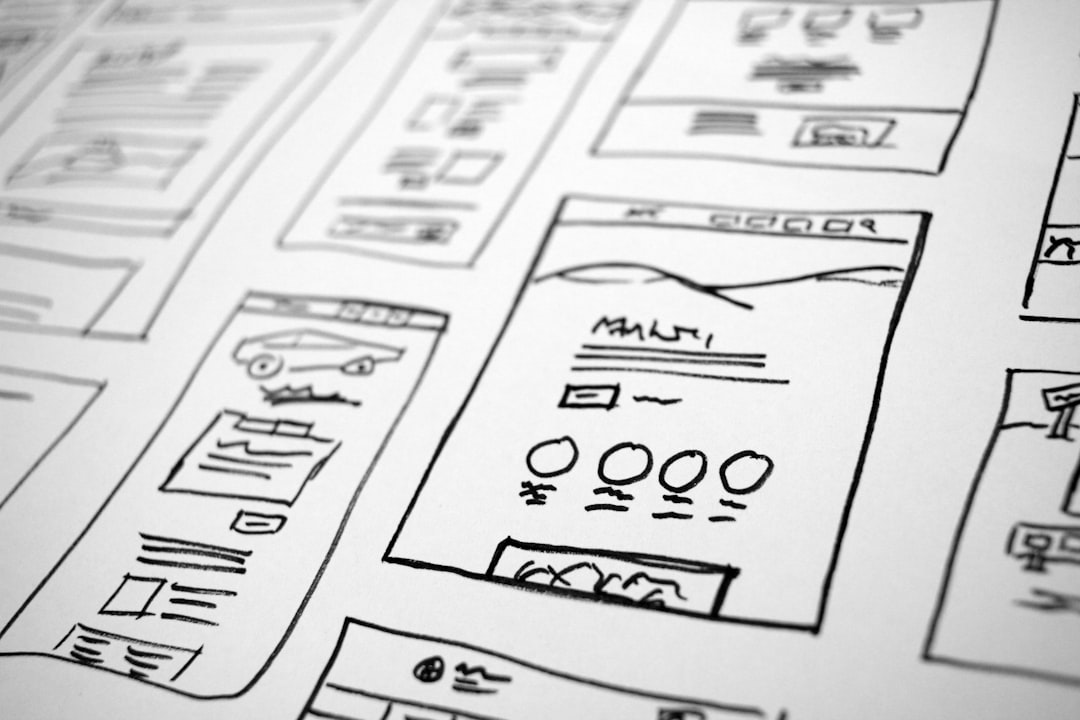What is it about?
International projects very commonly experience failure due to various factors at the global level. Especially, large projects at the international level virtually have no chance of meeting scope, time, cost and quality. This fact has been underlined by most of the international surveys and published literature. Effective risk management plays a vital role in preventing projects from failure by implementing appropriate risk response strategies. The success of risk management will be based on the understanding of various risk categories which specifically affect international projects, analysis of their interdependence, prioritize them according to their importance and develop strategies for risk management based on the prioritization. The paper aims to discuss these issues. This paper represents typical eight risk categories frequently observed in the international projects through literature survey and feedback from project professionals. Interpretive structural modeling (ISM) and Matrice d’Impacts croises-multiplication applique´ an classment (MICMAC) analysis have been used to analyze the interactions among the risk categories and prioritize them. The strategy management tool threats, opportunities, weaknesses and strengths (TOWS) matrix has been used to develop the strategies for effective project risk management. The analysis represents political risks, contractual and legal risks, cultural risks, and financial and economic risks as the highest priority risk categories, the mitigation of which should be paid the highest attention. The strengths-threats strategy has been applied to develop the strategies by identifying the various internal strengths of project organization to overcome the various threats caused by the eight risk categories observed in international projects.
Featured Image
Why is it important?
This paper tries to represent the prioritization of international project risk categories which are generic in nature. For any specific international project, the risk categories as well as their prioritization may be slightly varying. The tool used for prioritization; Interpretive structural modeling (ISM) is more suitable for few numbers of variables as it becomes complex as the number of variables increases. The strengths and threats considered for developing strategies using TOWS matrix are based on the feedback from project professionals and may vary according to the nature of project.
Perspectives
This paper uses ISM and MICMAC for risk prioritization in international projects and TOWS matrix for developing risk management strategies. This may trigger new opportunities for in-depth research in the risk management strategy development for international projects.
Dr. Rahul Vishwanath Dandage
Rajendra Mane College of Engineering and Technology Ambav, Ratnagiri
Read the Original
This page is a summary of: Strategy development using TOWS matrix for international project risk management based on prioritization of risk categories, International Journal of Managing Projects in Business, March 2019, Emerald,
DOI: 10.1108/ijmpb-07-2018-0128.
You can read the full text:
Resources
Contributors
The following have contributed to this page










